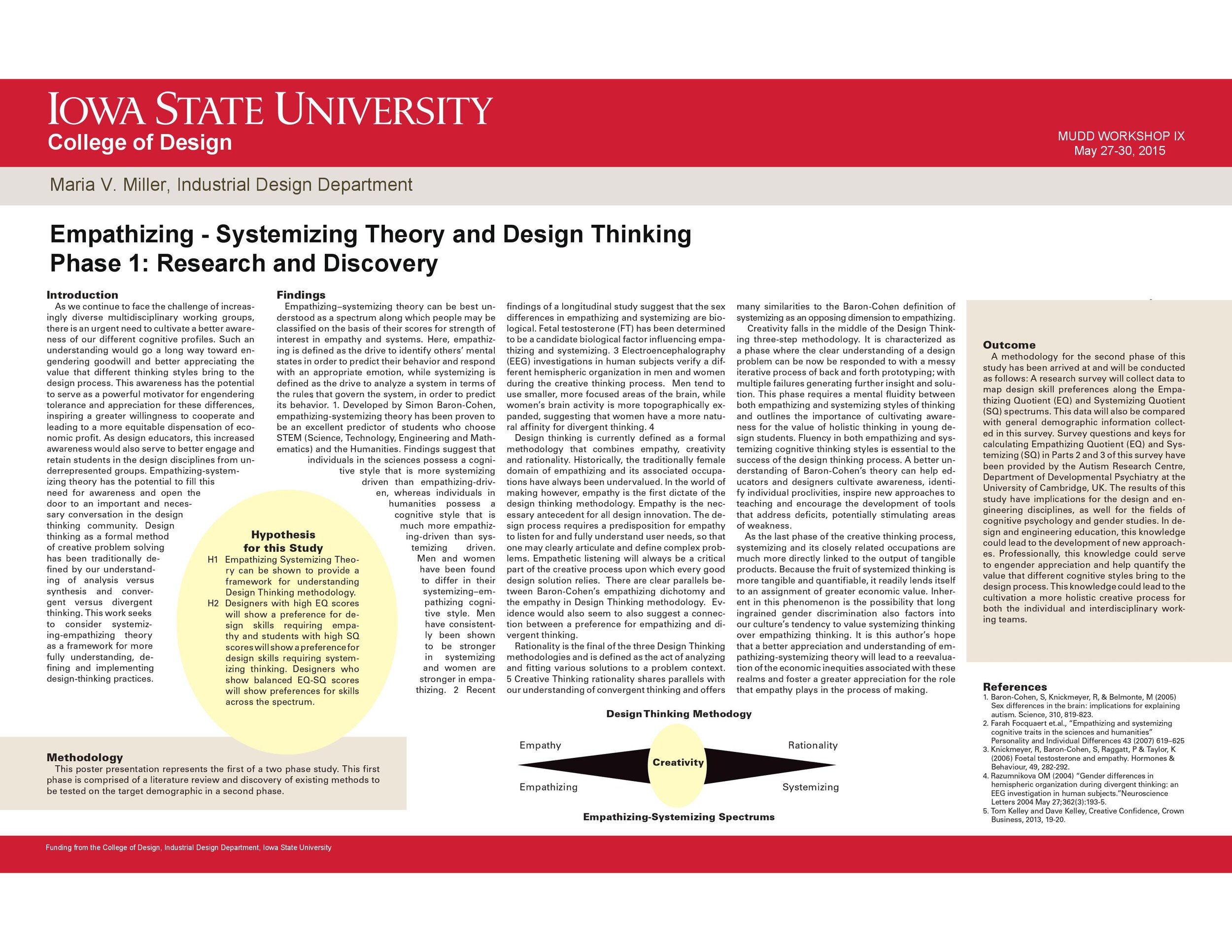Context as Burden and Opportunity: Flexible Thinking and the Design Process
Maria V Miller
The Ohio State University
2019 National Conference for the Beginning Design Student
Abstract
A consideration for context in the design process has rightfully become an unassailable mandate within the dominion of design literature. Upon considering the benefits and burdens of context to design process resolution, this paper discusses context as it relates to functional fixedness, the mere-exposure effect and the familiarity principle and how each of these inform student outcome; often serving to impede flexible thinking in the design process. This paper will examine the importance of flexible thinking to the beginning design student and its complex relationship to context as both burden
and opportunity. It will finish by exploring methods to promote flexible thinking in design studio education. The objectives of these methods are designed to encourage beginning design students to not become attached to their first idea, to cultivate an awareness of functional fixedness and mere-exposure effect, so that they become more willing to change their perspective, and to generate alternative design solutions. Students will cultivate a more innovative, divergent thinking approach to problem solving, while continuing to encourage a veneration for the sanctity of context as of central importance to the design process.






